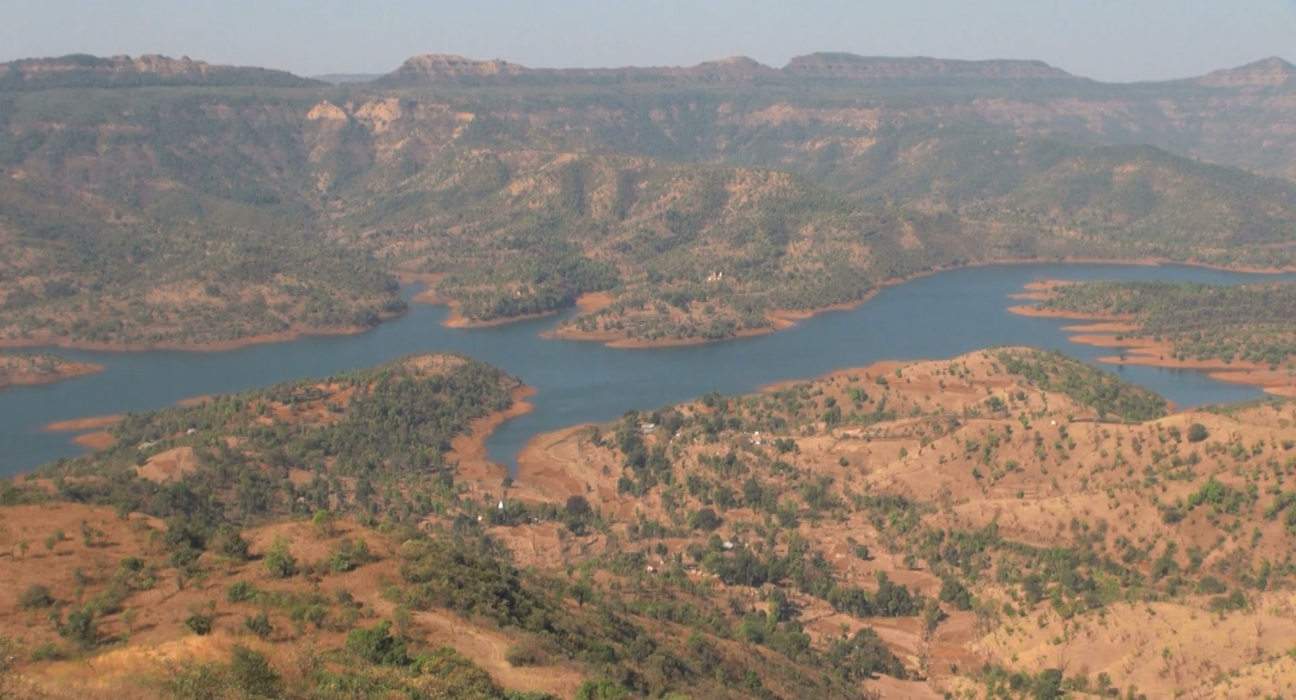- Brahmaputra poses a range of challenges that can lead to conflicts between different user groups and communities.
- One of the main causes of conflicts is the unequal distribution of water resources.
- Due to the absence of governance mechanisms, competing user groups and communities may struggle to access and manage the river’s resources.
Heading
The Brahmaputra River is a vital waterway for the communities that live along its banks. It provides water for irrigation, transportation, and hydroelectric power generation, and supports a wide range of economic activities, including agriculture, fishing, and tourism. However, the river also poses a range of challenges that can lead to conflicts between different user groups and communities.
One of the main causes of community conflicts on the Brahmaputra River is the unequal distribution of water resources. The river’s seasonal variability and unpredictable floods can lead to a scarcity of water during dry seasons, while too much water during the monsoon season can cause flooding and erosion. This can lead to conflicts between farmers, who depend on the river for irrigation, and other user groups, such as fishermen and hydroelectric power generators.
Another cause of community conflicts on the Brahmaputra River is the lack of effective management and regulation of the river’s resources. The river is a trans-boundary river, and there is a need to share information and coordinate efforts between the three countries (China, India, and Bangladesh) through which the river flows. However, in the absence of effective governance mechanisms, competing user groups and communities may struggle to access and manage the river’s resources, leading to conflicts.
A third cause of community conflicts on the Brahmaputra River is the impact of human activities on the river’s ecosystem.
To address these challenges and conflicts, it is important to have a comprehensive system in place for managing and regulating the use of the Brahmaputra River’s resources. This system should include effective governance mechanisms for sharing and coordinating the use of the river’s resources between the three countries through which the river flows, and between different user groups and communities. It should also involve the development of comprehensive plans and policies for managing the river’s resources, including measures to protect and conserve the river’s ecosystem.
In addition, effective communication and stakeholder engagement are crucial in addressing community conflicts on the Brahmaputra River. This includes the involvement of local communities and user groups in decision-making processes, as well as the provision of information and education about the river’s resources and their management.
Involving local communities in management and conservation of the river can help to mitigate conflicts and promote a sense of shared ownership over the river’s resources. This can involve the establishment of community-based organizations, such as river management committees, that can represent the interests of local communities and user groups in decision-making processes.
In conclusion, community conflicts on the Brahmaputra River are a complex issue that is driven by a range of factors, including the unequal distribution of water resources, lack of effective management and regulation, and the impact of human activities on the river’s ecosystem. To address these conflicts, it is important to have a comprehensive system in place for managing and regulating the use of the river’s resources, including effective governance mechanisms, comprehensive plans and policies, and effective communication and stakeholder engagement.
Involving local communities in management and conservation of the river can help to mitigate conflicts and promote a sense of shared ownership over the river’s resources.

Ananya Malik
About Author
Ananya works as an associate at MRC. Her research involves geopolitical, social and ecological analysis of transboundary waters particularly Brahmaputra River. She is an alumnus of TERI where she did her masters in water science and governance. Her other research areas include climate risk, water security and carbon finance.


